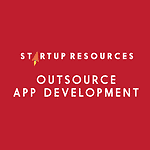Freelancing is the new buzzword in the job market. It’s the job alternative providing all the benefits of a full-time job and entrepreneurship combined without the hassle of having to commute or work set hours. But as great as freelancing sounds, it can be hard to know where to start and how to make money freelancing.
While there are many ways to make money freelancing, from becoming a virtual assistant to offering your services on Fiverr, some methods work better than others.
But before we discuss any methods, let’s first understand how freelancers work and how they commit to it full-time.
How Do Freelancers Work?
Freelancers are sole proprietors with a distinct skill set that they offer to clients in exchange for monetary compensation.
Unlike a traditional 9-5 job, freelancers are not employed by a single company. They are self-employed entrepreneurs who work with multiple clients on various projects on a contractual basis.
The type of work can range from content writing and web design to social media marketing and consulting.
The great thing about freelancing is that most of such jobs can be done entirely online. This gives freelancers the freedom to work from anywhere in the world, as long as they have a computer and an internet connection.
Freelancers typically use marketplaces like Upwork, Fiverr, and Freelancer.com to find work. They can also look for job postings on social media platforms like Facebook and LinkedIn.
Some freelancers also work with companies directly without going through a marketplace.
So, if you’re someone thinking of choosing freelancing as your career, you might have some questions –
You surely can. In fact, according to a report by Ziprecruiter, the average freelancer earned $63,488 in 2019 – which is better than even the median salary of a full-time worker in the US.
Of course, your earnings will depend on your skillset, experience, and the type of work you’re doing. But it is worth noting that even entry-level freelancers can make a good income if they play their cards right.
The most profitable freelance job is the job you’re skilled at and enjoy doing. But if we had to choose one, the most profitable freelancing job would be programming and software development.
Other high-paying freelance jobs include motion graphics, graphic design, social media specialist, and copywriting.
Any skill that complements the niche you want to freelance in is a great skill to have. For example, if you’re going to be a freelance writer, some skills that would complement your writing and help you succeed as a freelancer are SEO knowledge, copywriting, and social media marketing.
There are many ways to get started with freelancing, but the most common way is to start by finding work on a marketplace like Upwork, Fiverr, or Freelancer.com.
Another great way to get started is by reaching out to companies directly and pitching your services.
How To Start Making Money From Freelancing?
Freelancing is just like running any other business. The only difference is that instead of selling products, you sell services.
The art of making money freelancing is in finding the right mix of clients, services, and prices.
Here is the roadmap you can use to make money freelancing:
Choose Your Niche
While the idea of freelancing can make you think you can do any paid work on freelance marketplaces like Upwork, that’s not necessarily the case.
You can’t just be a jack of all trades and expect to make good money freelancing. You need to identify your niche and focus on becoming an expert in that area.
Find a niche that you’re passionate about and have some experience in. It could be anything from social media marketing to copywriting to web development.
The key is to identify a niche that has a good potential for growth and where you can add value with your specific skill set.
For example, if you’re a web developer, you can focus on becoming a WordPress expert or specialising in ecommerce business development.
Or if you’re a graphic designer, you can focus on creating logos or developing brand identity kits.
The point is to choose a niche that you can realistically commit to and build a strong reputation in.
Zero In On The Services You’ll Offer
The next step is to zero in on the services you’ll offer. You can start by making a list of all the services you’re comfortable offering.
Once you have a list, you need to assess which of these services are in high demand and where you can add the most value.
For example, if you’re a web developer, you can offer services like website development, WordPress development, ecommerce development, etc.
But not all of these services are created equal. Some are in higher demand than others and will fetch you a higher rate.
To find out which services are in high demand, you can use job sites like Upwork and Freelancer.com.
Check out the job postings and see which services are being commonly requested by clients. You can also ask around in relevant Facebook groups and LinkedIn groups to get an idea of what services are currently in demand.
Once you have a good idea of the services in high demand, you need to assess your skillset and see which of these services you’re actually good at.
There’s no point in offering a service that you’re not confident you can deliver.
Develop Your Ideal Customer Persona
Before you head over to pitching your services to clients, you need to develop your ideal customer persona.
A customer persona is basically a fictional representation of your target client. It includes details like the age, gender, location, profession, interests, etc., of who will be your ideal client.
Creating a customer persona will help you zero in on the types of clients you want to work with. Once you know your target customer, it becomes much easier to find and pitch to them.
To develop your customer persona, start by making a list of your ideal client’s characteristics. This could include things like their age, gender, location, interests, etc.
Once you have a list of all the characteristics, you need to create a fictional representation of this person.
For example, your ideal client could be a young (25-30-year-old) female entrepreneur in the United States who is passionate about technology but has a limited budget.
Once you have your ideal customer persona fleshed out, it becomes really easy and efficient to target clients that fit this persona.
Develop Your Portfolio
Your portfolio is one of the most important things you need to have before starting freelancing.
It is basically a collection of your previous work that you can show to prospective clients. It’s a great way to showcase your skills and give clients an idea of what you’re capable of.
If you don’t have a portfolio, it’s going to be really difficult to get clients to take you seriously.
The good news is that developing a portfolio is not as difficult as it sounds. If you don’t have any previous work to show, you can always create some sample projects.
The best part?
You already have a customer persona in place. So you can create sample projects that are in line with the type of work your ideal client would be interested in.
For example, if your ideal client is a small business owner, you can create a sample website or design a logo for a small business depending on the services you plan to offer.
These days new freelancers build their portfolio by providing free or highly subsidised gigs and marketing the same on community platforms like Reddit and Facebook.
This is a great way to get your first few clients (you can always upsell or cross-sell your services) and build a strong portfolio at the same time.
Develop Your Offerings
Developing your offerings isn’t about randomly picking a bunch of services and putting them together.
You need to be strategic about it.
Plan how much you should charge for each service, what type of services you’re going to offer, and how you’re going to package them together.
To do this, do market research.
Check out what other freelancers in your space are charging for similar services. If you find that you’re significantly cheaper or more expensive than the competition, adjust your prices or offerings accordingly.
You can also look at what type of services are in demand and see if there’s a way you can package them together to create a unique offering.
Once done, you’re ready to pitch to your potential clients.
Pitch Clients
Whether you’re finding clients on outsourcing websites like Fiverr or social media platforms like Linkedin, you need to have a great pitch if you want to stand out from the crowd and get the gig.
Your pitch should be short, sweet, and to the point. It should give clients a good idea of your skillset and what you can do for them.
But most importantly, it should be tailored to the specific client you’re pitching.
- Start with finding prospective clients that match your ideal customer persona. For this, you can:
- Browse through the posted gigs on Fiverr, Freelancer.com, Outsourcely, etc.
- Connect with people on Linkedin that match your ideal customer persona. You can use Sales Navigator to find these people.
- Scrape Twitter/Facebook groups and community/niche-related websites and get their contact details using services like Hunter.io.
- Once you have a list of prospective clients, it’s time to start pitching them.
When crafting your pitch, make sure you:
- Be a bit personal: Do your research and find something you have in common with the client. It could be a shared interest, alma mater, or anything else. This will help you connect with the client on a personal level and make your pitch more effective. You can even talk about their venture and how you like what they do. But note that even personalisation can sound robotic if repeated by every other person pitching. Hence, try not to use a template for a pitch.
- Keep it short and sweet: No one likes to read a long-winded email. So keep your pitch short and to the point. The client should be able to understand what you do and how you can help them in just a few seconds.
- Focus on the client: It’s important to make the client feel like your pitch is all about them. So focus on their needs and requirements. Talk about how you can help them achieve their goals.
- Show your research: The client should be able to see that you have done your research. Mention the pain points of their venture and how you can help resolve them.
- Provide free suggestions and tips: You can win the client over by offering free suggestions and tips. This will show that you’re an expert in your field and that you’re genuinely interested in helping the client.
- Use a CTA: Always end your pitch with a CTA (call-to-action). This could be asking the client to schedule a call with you or sending over a proposal. Just know that your pitch’s aim is not to lead to sales instantly but to make them start a conversation with you.
Money Making Strategies For Freelancers
There’s no one size fits all when discussing the freelancer business model. Some freelancers make money by offering recurring services, some make money through gigs, and some make money by drop servicing.
Let’s take a look at some of the most popular money making strategies for freelancers:
Retainer Model
A retainer is a recurring fee that a client pays you for your services. This is one of the most popular business models for freelancers as it provides them with a steady income.
It differs from project-based work as you’re not paid for the number of hours you work but for the results you deliver.
The best part?
Most retainers are recurring. So once you win a client, you can expect to receive regular payments from them.
However, finding such clients require credibility and a strong portfolio. But once you have a few good clients, you can easily scale your freelancing business.
Gigs
Gigs are one-time projects that you complete for a client. These are usually small tasks that can be completed within a short time frame.
Gig platforms like Fiverr, Upwork, and PeoplePerHour are a great way to find such projects.
Gigs are great for new freelancers as they provide an opportunity to build a strong portfolio. Once you have completed a few gigs successfully, you can start charging more for your services.
Drop Servicing
Drop servicing is a business model in which you outsource the work to someone else and charge a mark-up fee.
For example, let’s say you’re a web designer. A client approaches you and asks you to design a website for them.
Now, instead of designing the website yourself, you can outsource it to someone else at a lower rate. Once the work is completed, you deliver it to the client under your own name and charge them your own fee.
This business model is great for new freelancers as it doesn’t require any skills or experience. All you need is a list of service providers and the ability to find clients.
Affiliate Marketing
Affiliate marketing is a performance-based marketing model in which you promote someone else’s product or service and earn a commission on every sale you make.
As a freelancer, affiliate marketing could be a great side hustle to make some extra income.
For example, let’s say you’re a web designer and you come across a hosting company that you think would be a great fit for your clients.
You can then sign up for their affiliate program and start promoting their services. Every time a client buys hosting through your affiliate link, you earn a commission.
This is a great way to make money without having to put in much effort. All you need is a strong network of clients and the ability to promote products or services effectively.
Bottom-Line?
Making money freelancing is not as difficult as it seems. There are a number of ways you can do it, depending on your skills and experience.
But make sure you always deliver quality work to your clients, regardless of the business model you choose. Because at the end of the day, it’s the quality of your work that will determine whether you’re successful as a freelancer or not.
Go On, Tell Us What You Think!
Did we miss something? Come on! Tell us what you think about our article on make money freelancing in the comments section.
A startup consultant, digital marketer, traveller, and philomath. Aashish has worked with over 20 startups and successfully helped them ideate, raise money, and succeed. When not working, he can be found hiking, camping, and stargazing.

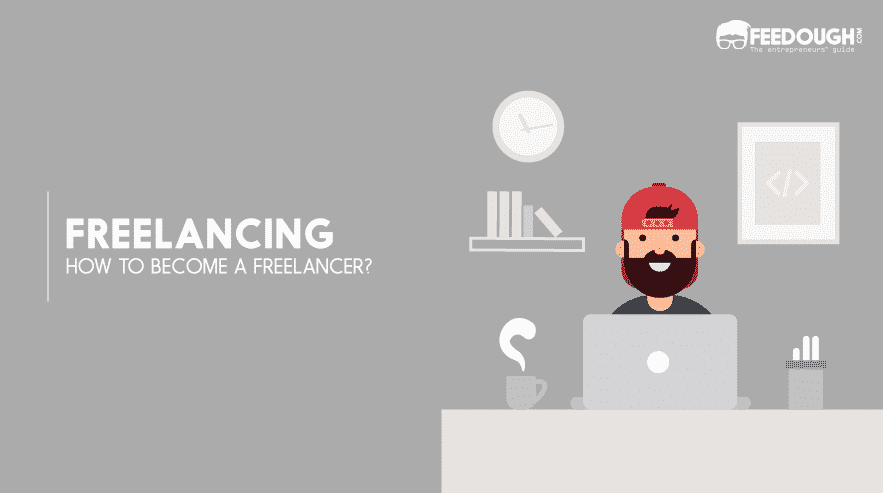


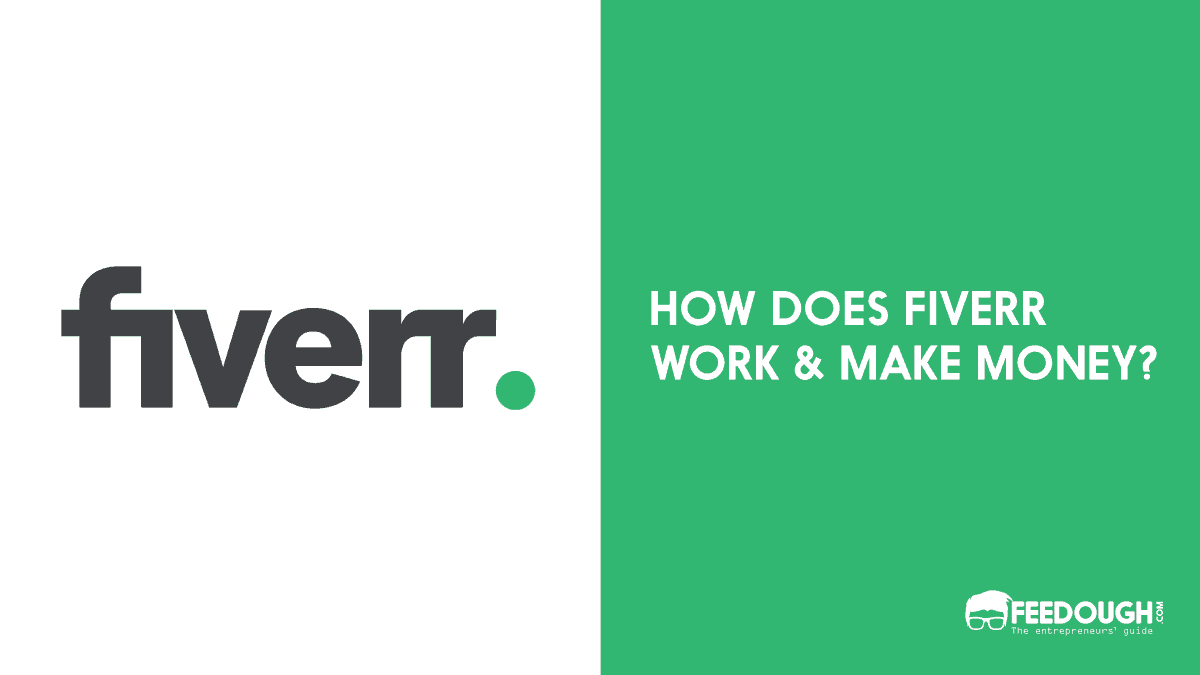
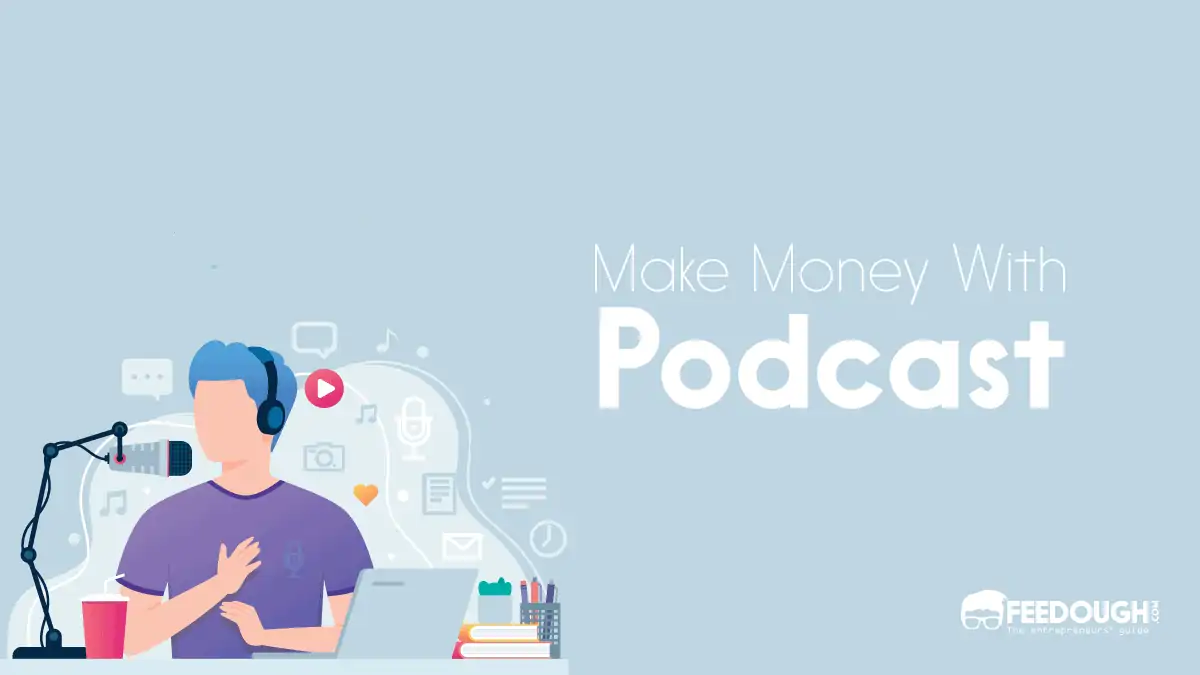
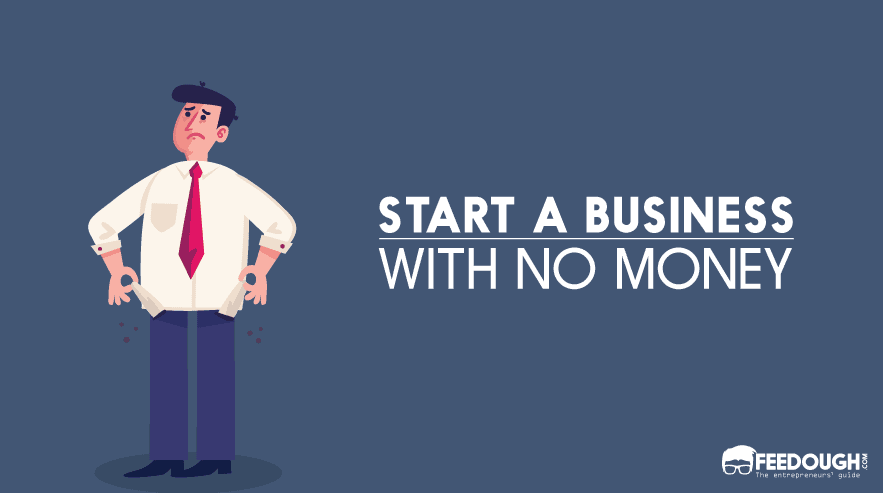
![How To Make Money On Twitch [Detailed Guide] how to make money on twitch](https://www.feedough.com/wp-content/uploads/2023/05/make-money-on-twitch-150x150.webp)
